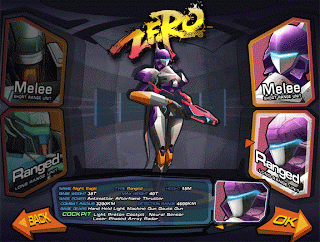
I did not know much about second life until I read about it in an article in the WSJ. I was thrown aback by the number of hours some people spend in this world. A husband claimed to spend 12 hours on this game, leaving his wife a widow. He was intimate with his wife in second life as well. When he woke up, his so-called wife would have breakfast ready for him and when he came back for a lunch snack, there was tea and cookies at the table. Furthermore, when the husband woke up in the middle of the night to go to the bathroom, he would kiss his “wife” avatar on second life before falling asleep again. I was disgusted by the way people have, in the recent years especially, been engrossed with this game.
When I saw this assignment, images of the aforementioned kept flashing in my mind. I did not want to become this mad woman who leaves everything in her real life for the computer world. But regardless, I decided to make the most of my experience by entering this second life world. When I did I finally understood why people are completely engrossed in these games. The degree to which you have control over the smallest aspects is the thrill.
I made my avatar tall, hot, and sultry. Her name was Giuselle. I had her dressed in very seductive clothes. As Yee and Bailsenson said, a more attractive female would leave a better experience in the mind of the player especially. Furthermore, it would give the woman more sass in terms of personality. She was wearing black high-heeled boots, with a short skirt and a pink tube top. The avatar resonated a prostitute likened image.
Thereafter, the avatar began to walk the streets of a city in broad daylight. It was at first interesting to note the behaviors by the public. I first noticed men glaring at her. She was probably the most attractive looking woman in the area. The other women glanced at her in jealousy. The different behavioral expressions she received by different peoples was interesting. After just watching the expressions she received by walking the streets, I decided that I should make her communicate. I had her ask for directions. Upon asking old women, she received an almost reproaching answer. It was probably because of the inappropriate manner in which the girl carried herself. When she asked men, she was given clear perfect directions. Some of them even walked her to the place. These behavioral differences I noted between men and woman toward a highly-attractive beauty support the claims of Yee and Bailenson.
Furthermore, I noted, that once my avatar began to receive a more agreeable answer from the men in terms of directions, she began to loosen-up. Her gait was more womanly, and easy-going as opposed to being tough. Thus this is agreeable to the proteus effect, which states that an individual’s behavior changes to conform to their digital representations. Thus, in my avatar’s case, her behavior changed as she became more agreeable to the community.
Furthermore, once I became more and more engrossed in the second life world, I was more prone to making more radical changes that would probably not be considered appropriate in the real world. This is where the deindividuation effect comes to play. I gained more confidence in the CMC environment. With reduced social cues and more anonymity I felt that my identity was safeguarded. No one knew who I really was, and that made everything better.
I finally can see why people can get hooked to second life. It’s pretty scary to say the least. However, since
Comments: https://www.blogger.com/comment.g?blogID=2774598650119543771&postID=3126578330925069891
https://www.blogger.com/comment.g?blogID=2774598650119543771&postID=1290982578578913852





